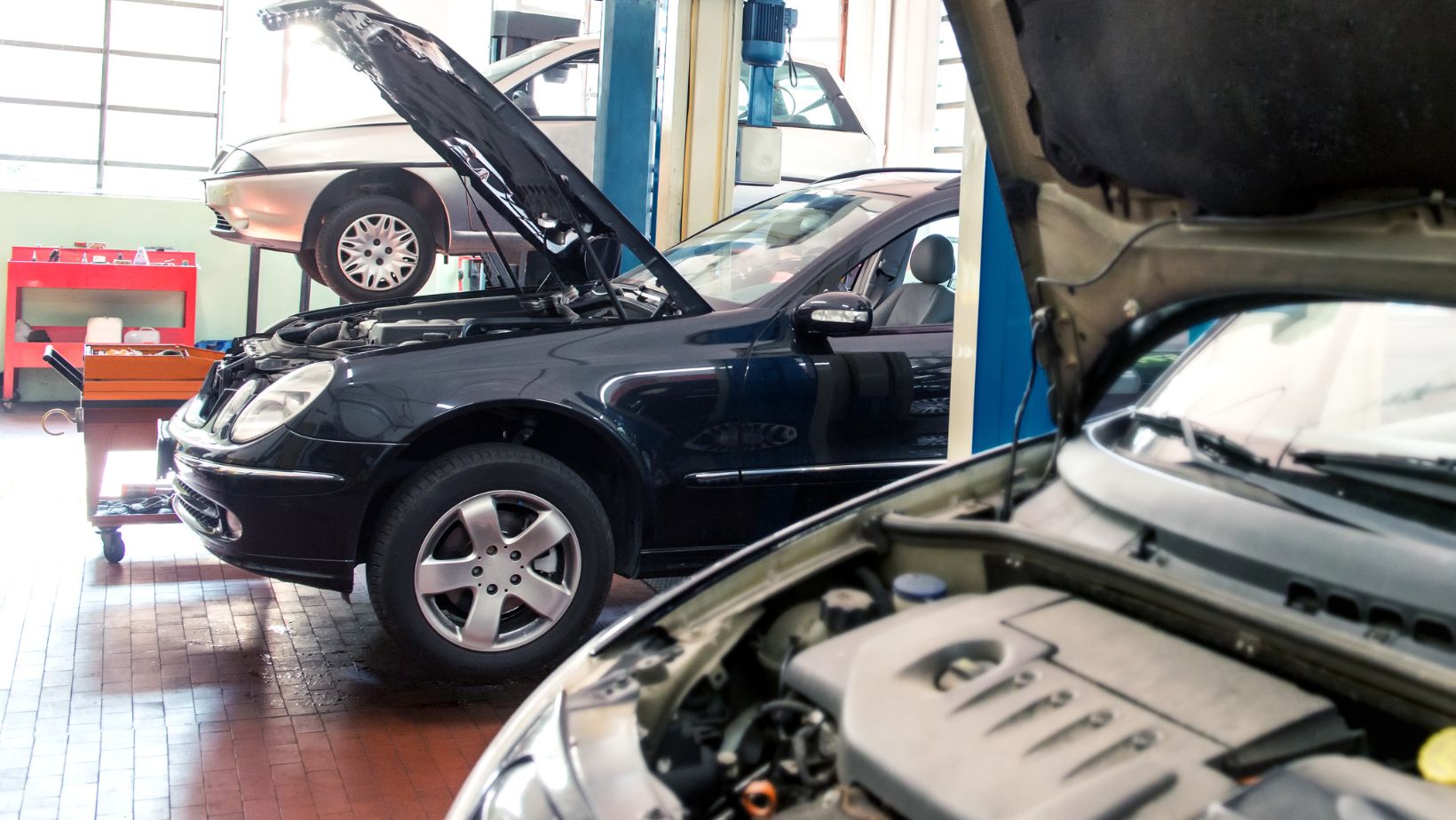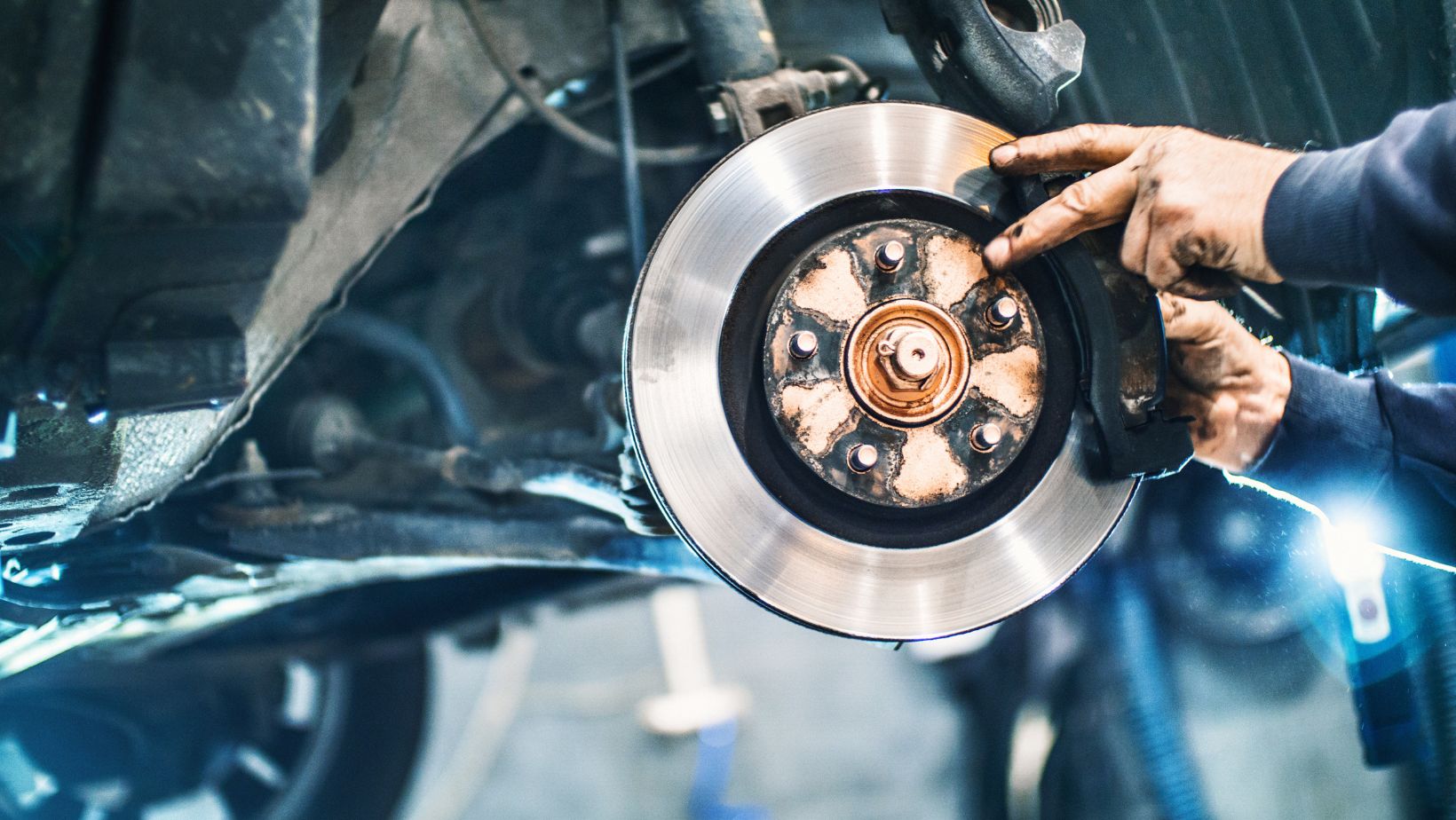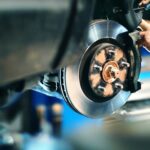
How Much to Repair a Dent in a Car Door
When it comes to car maintenance, dents in the car door can be a frustrating issue to deal with. Not only do they affect the overall appearance of your vehicle, but they can also decrease its resale value. So, if you’re wondering “How much does it cost to repair a dent in a car door?”, you’ve come to the right place.
The cost of repairing a dent in a car door can vary depending on several factors. The size and severity of the dent, as well as the make and model of your vehicle, all play a role in determining the final price tag. In general, minor dents that haven’t caused any paint damage may be more affordable to fix compared to larger or more complex dents.
Now that we have addressed the question “How much does it cost to repair a dent in a car door?”, let’s delve into some additional details about common repair methods and potential alternatives that may suit your needs better. When it comes to repairing a dent in a car door, the cost can vary depending on several factors. Understanding these factors is crucial in determining how much you’ll need to budget for the repair. Here are some key elements that can affect the cost of dent repair:
- Size and Severity of the Dent: The size and severity of the dent play a significant role in determining the cost of repair. Smaller dents or dings may be easier to fix and could require less time and effort, resulting in a lower price tag. On the other hand, larger or more severe dents may involve more extensive repairs, which can lead to higher costs.
- Location of the Dent: The location of the dent on your car door also influences the repair cost. If the dent is located near an edge or crease, it might be trickier to fix because these areas are typically harder to access. Repairing dents in complex areas may require additional time and specialized techniques, potentially increasing the overall cost.
- Paint Damage: Assessing whether there is any damage to the paint surface is essential when estimating repair costs. If there is no paint damage, technicians may be able to use paintless dent repair (PDR) techniques, which are generally more affordable compared to traditional methods that involve repainting.
- Type of Vehicle: The type of vehicle you own can impact dent repair costs as well. Luxury or high-end vehicles often have specialized materials or finishes that require specific attention during repairs, making them potentially pricier than repairing dents on standard vehicles.
- Accessibility: Easy accessibility plays a role in estimating pricing for dent repairs too. If technicians can easily reach behind and manipulate the dent without removing parts like panels or trim pieces, it tends to be less labor-intensive and therefore less expensive.

Common Dent Repair Techniques
When it comes to repairing dents in a car door, there are several common techniques that can be used. Each technique has its own advantages and disadvantages, so it’s important to understand the options available before making a decision. Here are a few of the most commonly used dent repair techniques:
- Paintless Dent Repair (PDR): This technique is often preferred when dealing with small to medium-sized dents that haven’t caused any damage to the paintwork. PDR involves using specialized tools to gently massage the dent from behind the panel, gradually restoring it back to its original shape without the need for repainting. It’s a relatively quick and cost-effective method that preserves the car’s original finish.
- Traditional Dent Repair: In cases where PDR is not possible or effective, traditional dent repair techniques may be necessary. This typically involves filling the dent with body filler material, sanding it down until smooth, and then repainting the affected area. While this method can produce excellent results, it tends to be more time-consuming and expensive compared to PDR.
- Heat and Pop: Another technique commonly used for minor dents involves applying heat using a hairdryer or heat gun to expand the metal around the dent area. Once heated, quick pressure is applied from behind or on top of the panel, causing it to “pop” back into place as it cools down.
- Suction Devices: For smaller dents like those caused by hailstones or minor accidents, suction devices such as dent pullers or suction cups can be used. These tools create vacuum pressure that pulls out the dent when pulled in an outward motion.
- DIY Methods: There are also numerous DIY methods circulating online for repairing car door dents using household items like boiling water or dry ice combined with hot water baths. While these methods may work for very minor dents in certain situations, they are not recommended for more significant damage or if you’re looking for professional results.






































